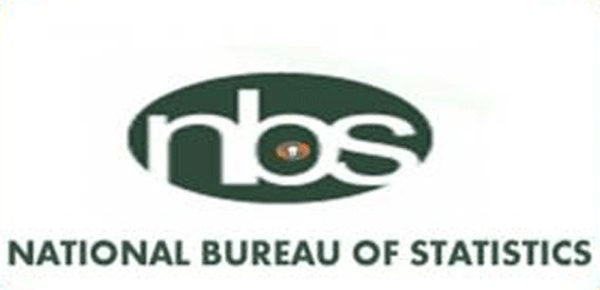The National Bureau of Statistics (NBS) released its third quarter (Q3) 2015 Gross Domestic Product, (GDP) report recently, which showed that in spite of the macroeconomic challenges faced during the period, the economy grew by 2.8 per cent year-on-year.
This is heart-warming considering the several down-turns in almost all indices of economic performance this year. The GDP had been in steady decline since the fourth quarter of 2014 with massive slides in the first two quarters of this year.
It is noteworthy that the improvement in GDP growth was majorly on account of increased oil production during the period which led to a rebound in oil sector growth and also pushed the sector’s contribution to GDP higher compared to the non-oil sector.
This softened the impact of the third consecutive quarterly slowdown in the non-oil sector growth.
With continued volatility in oil prices leading to sharp declines in government revenue and cash flow in the economy, increased oil production came in truly handy.
However, during the period, the non-oil sector real growth decelerated for the third consecutive quarter, hence, the contributions of the non-oil sector to the total GDP declined due mainly to the weaker growth of the services sector.
But of more concern was manufacturing, which is a major contributor to the non-oil classification but which is currently in a recession given the three consecutive year-on-year contractions in the sector.
Against this backdrop we recommend that while government’s economic blue-print following the swearing in of the new ministers should focus on all fundamentals, the non-oil classification and more particularly the manufacturing sector should be in greater focus.
We view the increased GDP growth rate in the review period as a positive development, but not a stellar performance given that the economy has now recorded two consecutive sub-3.0 per cent GDP growth, the weakest since the post-rebasing exercise.
Most economic analysts had forecast that the last quarter of 2015 growth would remain subdued at less than 3.0 per cent, significantly lower than the 2015 budget target of 5.5 per cent and global analysts’ estimate of 3.4 per cent.
Though many observers and policy authorities may have given up on the 2015 budget we are still convinced that the outlook in 2016 will dramatically improve if the federal government directs stronger policy attention to the fundamentals of our non-oil sector with more emphasis on expansionary fiscal policy in 2016.
With the federal cabinet now in place and the drivers of the economy fully installed, we call on the Muhammadu Buhari regime to fully unveil its economic roadmap and direction to enable the various players to plug in appropriately and get the economy once again on the roll.
END


Be the first to comment